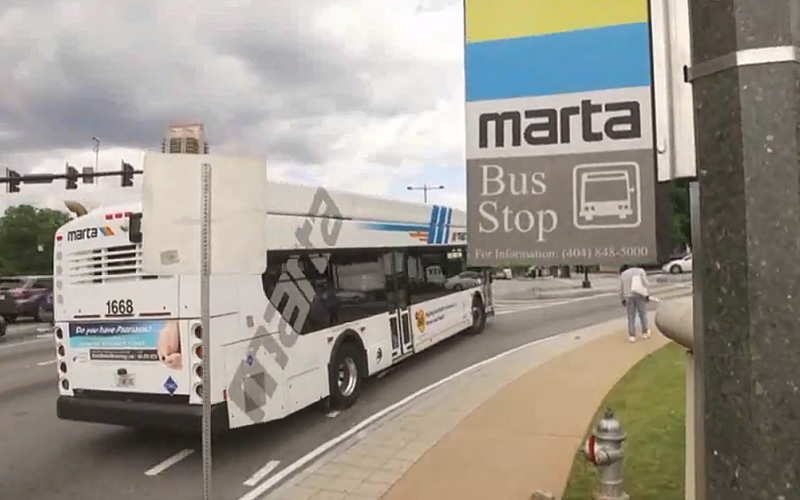By Elliott Brack
Editor and Publisher, GwinnettForum
APRIL 20, 2018 | Finally, at long last, people throughout the area seem to be realizing that something must be done about the number one problem in Metro Atlanta: public transit.
 We see this new concern in Gwinnett County, in Metro Atlanta, and most interestingly, at the Georgia General Assembly. Their action this year seems to open the possibility that significant transit action can start soon.
We see this new concern in Gwinnett County, in Metro Atlanta, and most interestingly, at the Georgia General Assembly. Their action this year seems to open the possibility that significant transit action can start soon.
The leadership of the area hasn’t always been so keen in attacking this transportation problem. Oh, on several occasions, there have been referendums on this overall question, but every time it has come up, elected officials have at best been not forthcoming about proposing solutions to the transportation problem in Metro Atlanta. Now area leaders, including Gwinnett County Commission Chairman Charlotte Nash, are working together to come up with an overall area transit plan, which may see a vote this fall.
We haven’t seen such interest by elected officials on a specific transportation effort in the past. By coming together in a comprehensive metro-wide transit component, it shows significant leadership may be coming on the part of the public officials.
We’re also pleased to see Gwinnett officials backing bringing MARTA to the lower reaches of the county, with Chairman Nash taking a strong position favoring a vote on this proposition. One proposal is to vote on whether Gwinnett should extend MARTA to the Norcross area of Jimmy Carter Boulevard.
Let’s review what has happened to the idea of public transit in the past.
MARTA was formed by an act of the Georgia General Assembly in 1965. In the same year, four of the five metropolitan area counties (Clayton, DeKalb, Fulton, and Gwinnett) and the City of Atlanta passed a referendum authorizing participation in the system, but the referendum failed in Cobb County.
In 1971 MARTA was approved by voters in Fulton and DeKalb County, leading to the initial building of the present MARTA system, with groundbreaking in 1975. But heavy rail service did not begin until 1979.
Gwinnett rejected in 1971 the idea of joining the MARTA system, when there were 76,900 people in Gwinnett. The rejection was sound: 9,506 against the transit idea, 2,500 for it. That same year, 1971, Clayton County also handily rejected the idea of public transportation.
Gwinnett held another referendum on MARTA in 1990, when Gwinnett had 352,910 residents. The vote was again overwhelmingly against the idea, 68,136 against it, and 28,828 for joining MARTA.
It is noteworthy to point out here that in 2013, Clayton County voters passed a one percent sales tax to join the MARTA system. However, so far, Clayton has only bus service, but no rail transit.
Gwinnett had in 2008 what essentially was a “straw poll” with similar but different questions on both the Republican and Democratic primary ballots. In essence, 53.2 percent of the voters were against a public transit system. While not binding, at least this straw poll suggested that the thinking of the majority of Gwinnett voters on transit was changing.
Now in the present day, there is growing unrest among the population in all areas of Metro Atlanta, on why Atlanta doesn’t have a better public transit system. Gwinnett and all of Atlanta are now being held back by not having sufficient transit. Metro Atlanta can only move significantly forward when transit will be a viable alternative to go to the many reaches of the entire metropolitan area.
This year’s question on the ballot can signal a bright future for Metro Atlanta.
- Have a comment? Send to: elliott@brack.net










Follow Us